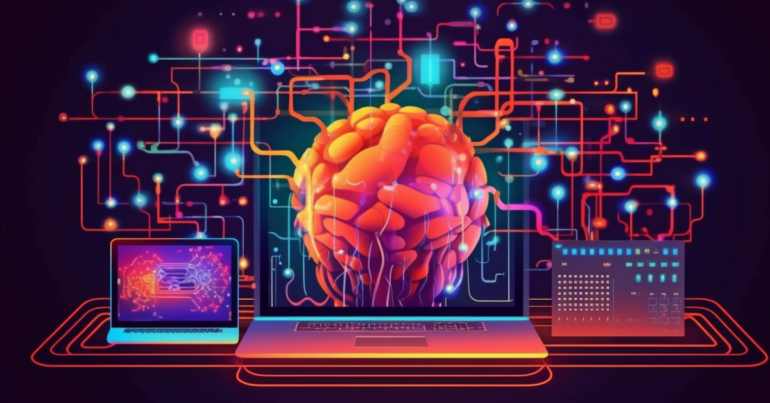TL;DR:
- Authorities are prioritizing secure AI development practices to ensure the safety and trustworthiness of AI systems.
- The Biden administration issued an Executive Order and CISA unveiled a Roadmap for AI to bolster cybersecurity in AI technology.
- The guidelines for secure AI development cover four key areas: Secure design, Secure development, Secure deployment, and Secure operation and maintenance.
- The release of these guidelines aligns with international efforts and was influenced by the recent AI Safety Summit hosted by U.K. officials.
Main AI News:
In the realm of technological advancement, authorities are spearheading efforts to establish secure AI development practices. This strategic move is part of a broader initiative aimed at fortifying the safeguards surrounding the rapid evolution of artificial intelligence technology.
The Biden administration has been resolute in ensuring that cybersecurity takes precedence among key stakeholders in the ever-changing landscape of AI-driven innovations. President Joe Biden in October, issued an Executive Order with the explicit purpose of erecting protective barriers around the utilization of AI. In sync with this vision, CISA (Cybersecurity and Infrastructure Security Agency) recently unveiled a comprehensive Roadmap for Artificial Intelligence. This roadmap is a pivotal component of a grander strategy devised to thwart malevolent AI exploitation and to ensure that AI technology is harnessed to bolster cybersecurity.
Department of Homeland Security Secretary, Alejandro Mayorkas, underscored the critical significance of this endeavor by stating, “We are at an inflection point in the development of artificial intelligence, which may well be the most consequential technology of our time. Cybersecurity is key to building AI systems that are safe, secure, and trustworthy.”
The guidelines, meticulously crafted to address the multifaceted aspects of secure AI development, are categorized into four fundamental pillars:
- Secure Design: This entails the integration of risk assessment and encompasses the vital practice of threat modeling.
- Secure Development: This dimension encompasses supply chain security and effective management of assets and technical debt.
- Secure Deployment: It involves fortifying the infrastructure and the formulation of robust incident management processes.
- Secure Operation and Maintenance: This segment encompasses critical activities such as logging, monitoring, and the facilitation of information sharing.
This momentous release of guidelines closely follows the recently concluded AI Safety Summit hosted by U.K. officials. As Alla Valente, a senior analyst at Forrester, aptly noted, “The guidelines for secure AI system development, jointly developed by CISA and NCSC, is a step towards framework harmonization and makes good on the executive order’s commitment to engage with international allies and partners in developing a globally aligned framework for AI.”
Conclusion:
The focus on secure AI development practices, as exemplified by the Biden administration’s actions and the guidelines set forth, demonstrates a commitment to harnessing the potential of AI while safeguarding against cybersecurity threats. This concerted effort not only enhances the trustworthiness of AI systems but also signals to the market that responsible AI development is a paramount concern, potentially fostering greater innovation and investment in the AI sector.

